Innovation Games in Lean Startups?
Basics of Lean
Lean thinking is focused on the business as a whole and what brings value to it. All wasteful activities are seen as muda (non-value-generating). Non-value-generating activities are process steps that either the customer is not willingto pay for or are not critical to the creation of value for the customer. Therefore, the most prominent lean principle is: NO MUDA! Other basic principles of lean are: reduce waste, maintain quality, and accelerate productivity.
"Optimise the whole" "Eliminate waste" "Build quality in" "Deliver fast" "Customer Focus"
Eight Ways of Muda
In Lean thinking there are 7 ways to deadly waste resources and material (muda). An agile-like mindset adds employees ("people", waste #4) just straight with the Agile Manifesto.
- Waste #1: Defects / Scrap / Rework
- Waste #2: Over Processing
- Waste #3: Waiting
- Waste #4: New Ideas / Employee Knowledge
- Waste #5: Transportation
- Waste #6: Inventory
- Waste #7: Motion
- Waste #8: Excess Production
Waste #1: Defects / Scrap / Rework
End products that are either defective or not what the customer requested add no value they often require fixing and attract significant costs to the organisation. This refers to the effort that is involved in looking for, inspecting, and then fixing defects in processes and products loss of corporate image not included. Waste:
- Raw materials consumed in making defective products
- Defective components require recycling or disposal
- More space required for rework and repair, increasing energy use for heating, cooling, and lighting
Waste #2:Over Processing
Additional features or process steps the customer is unwilling to pay for or doesn't find them to be valuable add no value. How about baristas at Starbucks putting lids on coffees when more than half of their customers immediately remove the lids to add more flavors or sweeteners? If the customer is unwilling to pay for the additional process steps or doesn't find them to be valuable, those steps should be dropped. Waste:
- More parts and raw materials consumed per unit of production
- Unnecessary processing increases waste, energy use, and emissions
Waste #3: Waiting
Waiting around for the next step in production adds no value. If you aren't able to complete your process or perform your job because someone/something has not been able to provide you with the necessary items, there's little you can do with your time but wait. Waste:
- Potential material spoilage or component damage causing waste
- Wasted energy from heating, cooling, and lighting during production downtime
Waste #4:New Ideas / Employee Knowledge
Not utilizing the ideas generated by those people who actually use the processes themselves adds no value more it would be a disservice to them. This kind of muda comes from the agile mindset "respect people". The operators of a manufacturing process are typically going to be the most knowledgeable persons about the ins-and-outs of the process. Waste:
- Fewer innovation and improvements in manufactoring processes (e.g. pollution prevention, waste minimization opportunities)
Waste #5: Transportation
Wasting time and resources for picking up/moving/ dropping off of raw materials or finished product, as well as moving materials/product over long distances, outside of the actual process itself, add no value. Waste:
- More energy use for transport
- Emissions from transport
- More packaging required to protect components during movement
Waste #6: Inventory
Storage takes up valuable floor space and requires use of wasteful transportation to move product out of the way, this adds no value. Waste:
- More packaging to store WIP
- Waste from deterioration or damage to stored WIP
- More materials needed to replace damaged WIP
- More energy used to heat, cool, and light inventory space
Waste #7: Motion
People moving or walking or equipment moving more than they actually have to in order to the processing to be performed add no value.
- More space required for work-in-process (WIP) movement, increasing lighting, heating, and cooling demand and energy consumption
Waste #8: Excess Production
This is the production of more product than what the process customer requires, or making it much earlier than necessary. Overproduction can be the most expensive type of waste because it leads to other kinds of waste. Waste:
- More raw materials consumed in making the unneeded products
- Extra products may spoil or become obsolete requiring disposal
Down Time vs. Up Time
No innovation (waste) is equal to Down Time. Chad Walters from LeanBlitz.Net coined a suitable metaphor for this: Downtime
D — Defects / Scrap / Rework
O — Over Processing
W — Waiting
N — Non-utilized Employee Ideas / Creativity
T — Transportation
I — Inventory
M — Motion
E — Excess Production
This acronym is also known as Tim Woods. But what's about Up Time?
U — be Unforgettable
P — be Productive
T — be Transparent
I — be Innovative
M — be Motivated
E — be Experimental
For a start up entrepreneur the most outstanding question is how do you change an imminent DownTime to a promising UpTime? Well, in Lean there are well known methods and procedures with own notations established to reduce muda. In this post I want to introduce Innovation Games as high-level media to identify changes to reduce waste and to build a high-level value stream map.
Innovation Games & Lean
Innovation Games® (Luke Hohmann) are a set of 13 games of primary market research oriented games. They are focussed, on real-time collaborative games as means of engaging customers and stakeholders to reveal what really matters to them and to get breakthrough ideas. In this games customers have a vital role by playing a set of directed games to give direct feedback about a product or service. Nowadays, Innovation Games are used for such things as portfolio management, requirements management and any number of tasks that require innovative thinking, brainstorming and collaboration.
Innovation Games at one Glance
- Product Box: customers work individually or in small teams to create and sell their ideal product.
- Me and My Shadow: discover hidden needs by carefully observing what customers actually do with your products.
- Buy a Feature: customers work together to purchase their most desired features.
- Give Them a Hot Tub: customers provide feedback on outrageous features to establish what is truly essential.
- Remember the Future: understand your customers' definition of success by seeing how they shape their future. (This game is in a way related with Future Perfect from Agile Coaching)
- Spider Web: participants work individually or in small teams to create vivid pictures of how your products and services fit into their world.
- Start Your Day: participants collaboratively describe when, how, and where they use your product(s). Participants describe their daily, weekly, monthly, and yearly events related to their use of a product.
- Show and Tell: customers describe the most important artifacts produced by your system to you and other customers.
- The Apprentice: an engineer or product developer uses the product as an end-user.
- 20/20 Vision: customers negotiate the relative importance of such things as product features, market requirements, and product benefits.
- Prune the Product Tree: customers work in small teams to shape the evolution of your products and services.
- Speed Boat: customers identify their biggest pain points with your products and services.
- My Worst Nightmare: discover hidden and/or unconsidered worst-case scenarios to develop better understanding and planning. Participants imagine and draw a caricature of their “worst nightmare†related to the product or service that you’re researching.
Innovation Games ‒ 3 Prominent Applications in Lean
Value Stream Mapping, Streamlining the Value Stream
Value Stream / Value Stream Mapping (VSM) identifies and analyses flow of materials and information required to bring a product or service to the customer.
- Identify major sources of non-value added time in a value stream;
- Envision a less wasteful future state; and
- Develop an implementation plan for future Lean activities.
Most useful Innovation Games: 20/20 Vision, Speedboat, Show and Tell, Prune the Product Tree
Identify Chances to Reduce Waste
Build Current State Value Stream Map
- Identify waste
- Identify bottlenecks
Most useful Innovation Games: 20/20 Vision, Speedboat, Show and Tell, Prune the Product Tree
Identify your Minimum Viable Product
Well know are the startup founders working meticulously on their product to be perfectly deployed. But when they decide to go live the first market test fails and all their effort is spoiled. Instead, leverage the Minimum Viable Product (MVP, this term was coined by Eric Ries, StartupLessonsLearned.com for web apps). A MVP has just those features that allow the product to be deployed, and no more. It provides the minimum set of features needed to learn usage from earlyvangelist – early adopters. In product development, the MVP is a strategy used for fast and quantitative market testing of a product or product feature. An MVP is not a minimal product, it is a strategy and process directed toward making and selling a product to customers. It is an iterative process of idea generation, prototyping, presentation, data collection, analysis and learning. One seeks to minimize the total time spent on an iteration. The process is iterated until a desirable product-market fit is obtained, or until the product is deemed to be non-viable. Using MVP provides benefits as negatives as well :
- Define feature set being as most minimum and most compelling as possible
- Gather user feedback for product development constantly
Most useful Innovation Games: 20/20 Vision, Speedboat, Show and Tell, Prune the Product Tree Find more details in my presentation on Slideshare:

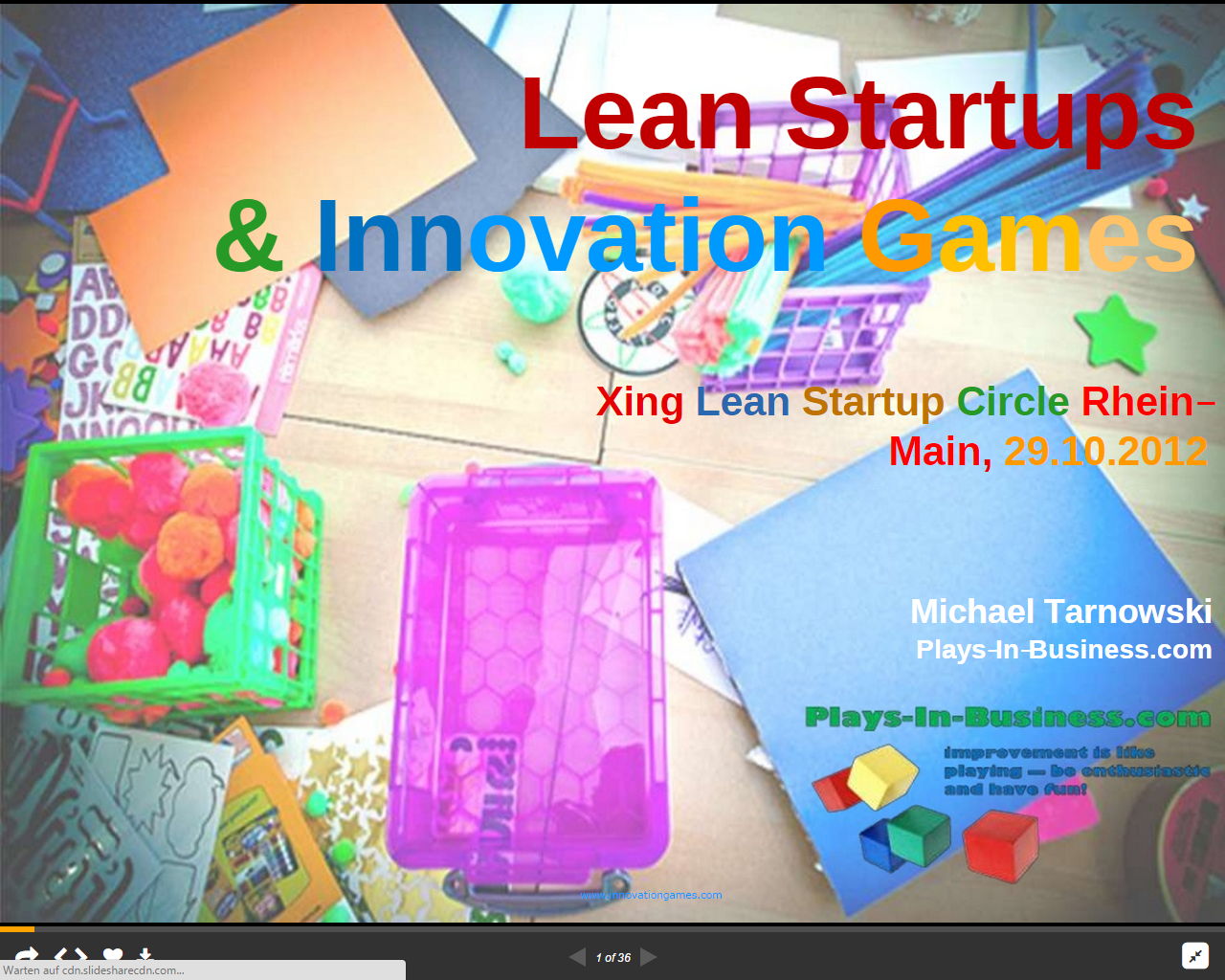
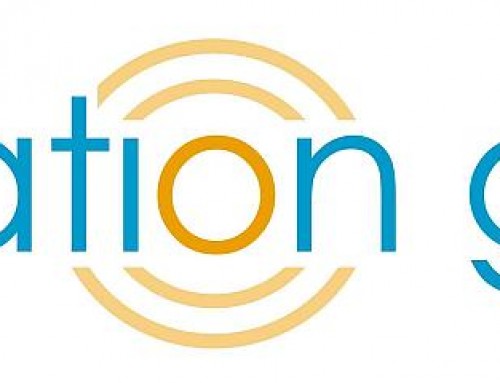

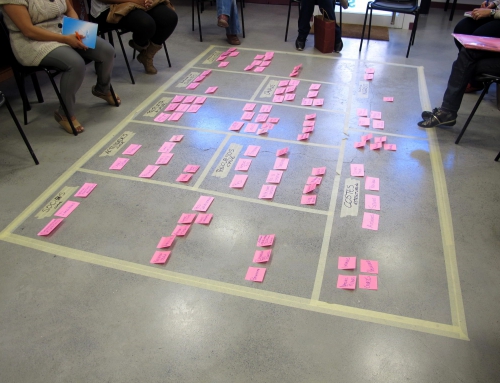
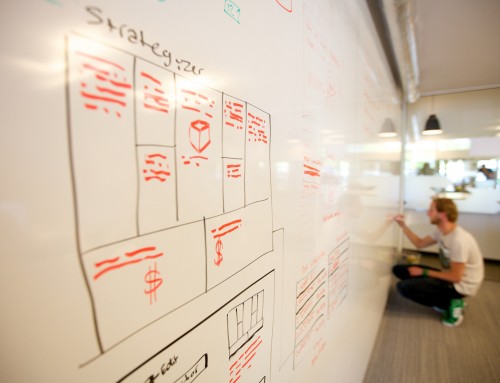
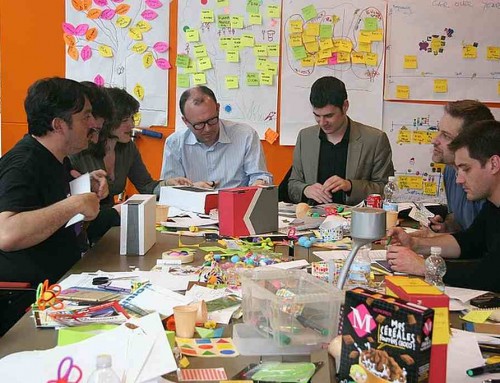
Leave A Comment